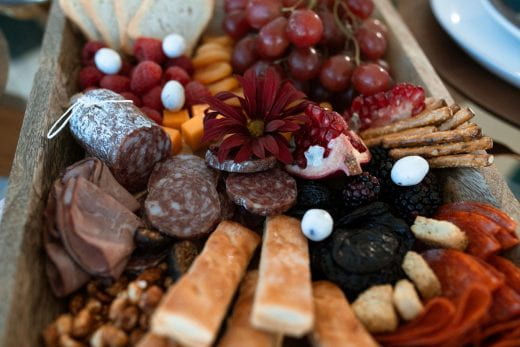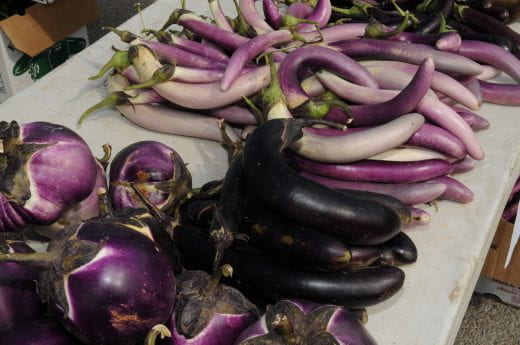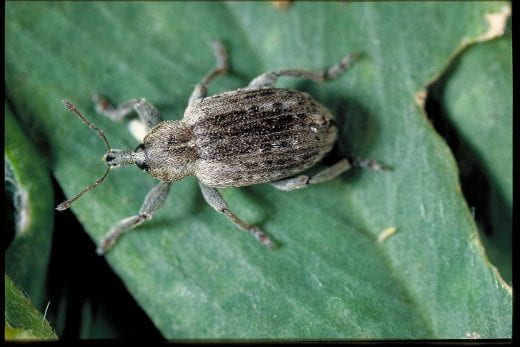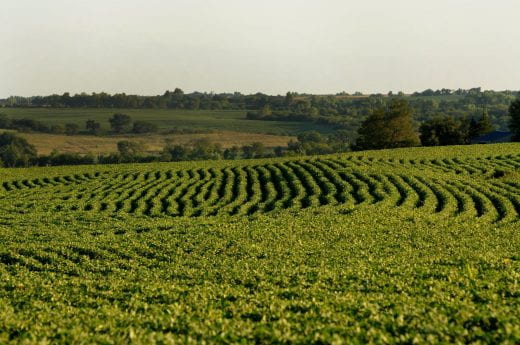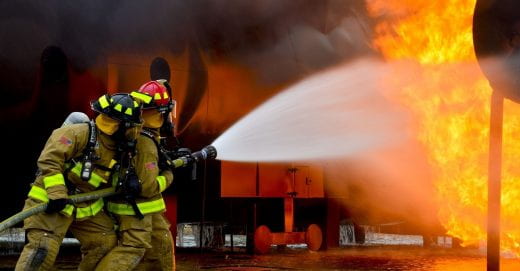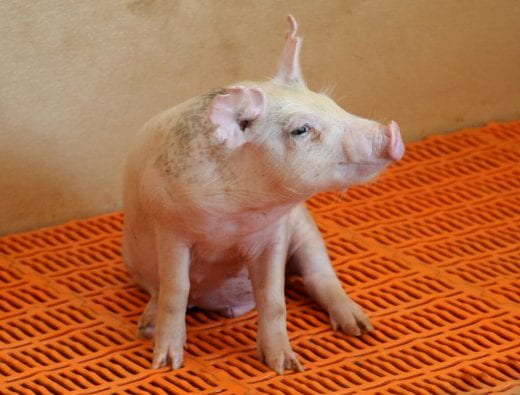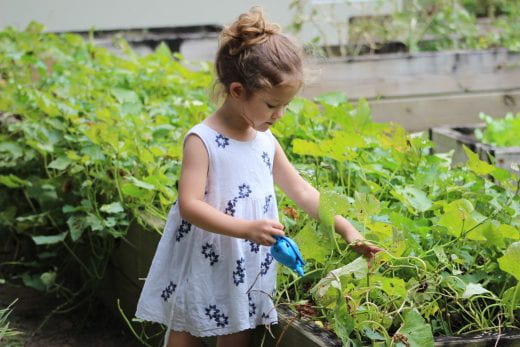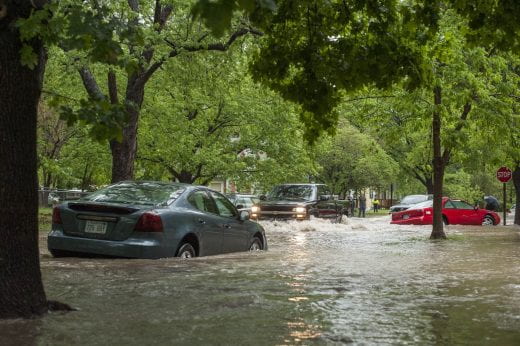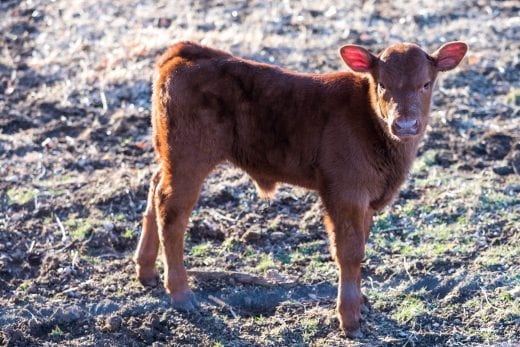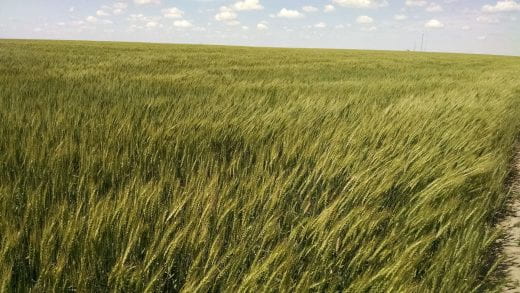In this week’s Better Kansas, we touch on the resumption of 4-H summer camps, the food trend known as charcuterie, vegetable gardening, March update on climate and its effects on Kansas crops, and a webinar on USDA efforts to aid agricultural producers affected by COVID-19. This is a small glimpse of what K-State Research and Extension across the state has to offer. Share on social media and subscribe! – Mary Lou Peter mlpeter@ksu.edu
Better Living, Better Communities
 AFTER THE CORONAVIRUS PANDEMIC SHUTDOWN LAST YEAR, ROCK SPRINGS 4-H CAMP will open its doors this summer. That means hundreds of Kansas kids can disconnect from technology and experience the great outdoors through canoeing, horseback riding, fishing, and other activities. Take a look at the article, Kansas 4-H prepares to bring back summer camp for more information, including a radio interview on the topic. More information about 4-H in general is available on the Kansas 4-H website or by contacting your local extension office.
AFTER THE CORONAVIRUS PANDEMIC SHUTDOWN LAST YEAR, ROCK SPRINGS 4-H CAMP will open its doors this summer. That means hundreds of Kansas kids can disconnect from technology and experience the great outdoors through canoeing, horseback riding, fishing, and other activities. Take a look at the article, Kansas 4-H prepares to bring back summer camp for more information, including a radio interview on the topic. More information about 4-H in general is available on the Kansas 4-H website or by contacting your local extension office.
I’VE SEEN REFERENCES and a lot of photos in magazines of charcuterie boards – a collection of cold cooked meats and sometimes cheeses, nuts and other foods assembled together on a cutting board or serving platter. So, it was nice to find several videos devoted to charcuterie (and how to build your own) on the Wild West Extension District nutrition web page. Helpful for those of us who weren’t even sure how to pronounce this food and entertaining trend. Makes me want to have a little party! By the way, the Wild West Extension District is composed of Seward, Stevens and Haskell counties.
Better Farming, Ranching and Gardening
CARROT, CUCUMBER AND PEPPER LOVERS LISTEN UP, now (or soon) is the time to get those plants growing in your garden. Whether you’re new to vegetable gardening or have successfully grown at least some of your own produce, there’s good information in the Vegetable Garden Planting Guide. It includes a concise calendar that indicates when vegetables should be planted in Kansas. Whether it’s asparagus or zucchini or pretty much anything in between, the guide provides handy information about the type of planting, average days to germination and first harvest, recommended number of plants or seeds in a 10-foot row, planting depth and more.
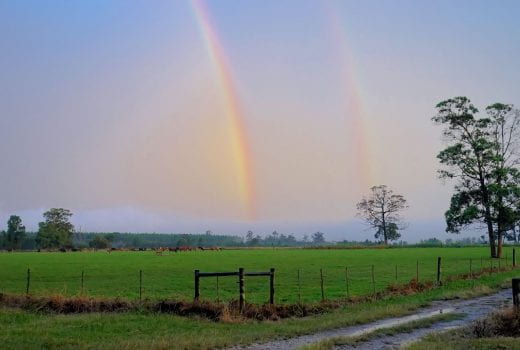 LAST MONTH WAS THE 5TH WETTEST MARCH SINCE 1895 IN KANSAS – especially good news for parts of the state that were in drought conditions. Northwest Kansas received 262% of the amount it normally does in March, according to the Kansas Ag-Climate Update for March 2021. The state was also warmer than normal, overall averaging 3.7 degrees warmer than usual. The conditions boosted the spring development of the winter wheat crop. The monthly Kansas Ag-Climate Update is a collaborative effort of K-State’s climate and extension specialists.
LAST MONTH WAS THE 5TH WETTEST MARCH SINCE 1895 IN KANSAS – especially good news for parts of the state that were in drought conditions. Northwest Kansas received 262% of the amount it normally does in March, according to the Kansas Ag-Climate Update for March 2021. The state was also warmer than normal, overall averaging 3.7 degrees warmer than usual. The conditions boosted the spring development of the winter wheat crop. The monthly Kansas Ag-Climate Update is a collaborative effort of K-State’s climate and extension specialists.
K-STATE HOSTED A WEBINAR NOT LONG AGO ON RECENT USDA NEWS related to pandemic assistance for agricultural producers. The USDA Pandemic Assistance for Producers webinar presented a recap of the steps USDA took last year to aid farmers and ranchers negatively impacted by COVID-19, plus provided information from K-State and Kansas Farm Service Agency representatives about more recent USDA announcements. More information can also be found in a USDA announcement.
_
For more resources and activities, contact the K-State Research and Extension office in your area. Check out our other blogs and subscribe to our weekly emails here: https://www.ksre.k-state.edu/news/blogs/

